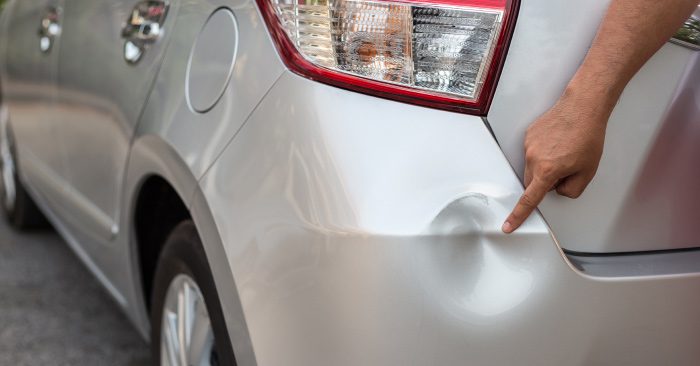Contents
Dent
Tooth anatomy
Structure. The tooth is an innervated, irrigated organ made up of three distinct parts (1):
- the crown, the visible part of the tooth, which is made up of enamel, dentin and the pulp chamber
- the neck, point of union between the crown and the root
- the root, an invisible part anchored in the alveolar bone and covered by the gum, which is made up of cementum, dentin and pulp canal
Different types of teeth. There are four types of teeth depending on their position within the jaw: incisors, canines, premolars and molars. (2)
Teething
In humans, three dentitions follow one another. The first develops at the age of 6 months up to 30 months with the appearance of the 20 temporary teeth or milk teeth. From 6 years old and up to about 12 years old, the temporary teeth fall out and give way to the permanent teeth, which correspond to the second dentition. The last dentition corresponds to the growth of wisdom teeth around 18 years old. In the end, the permanent dentition includes 32 teeth. (2)
Role in food(3) Each type of tooth has a specific role in chewing depending on its shape and position:
- The incisors are used to cut food.
- Canines are used to shred sturdier foods like meat.
- The premolars and molars are used to crush food.
Role in phonetics. In relation to the tongue as well as the lips, the teeth are essential for the development of sounds.
Diseases of the teeth
Bacterial infections.
- Tooth decay. It refers to a bacterial infection that damages the enamel and can affect the dentin and pulp. Symptoms are dental pain as well as tooth decay (4).
- Tooth abscess. It corresponds to an accumulation of pus due to a bacterial infection and is manifested by sharp pain.
Periodontal diseases.
- Gingivitis. It corresponds to inflammation of the gum tissue caused by bacterial dental plaque (4).
- Periodontitis. Periodontitis, also called periodontitis, is inflammation of the periodontium, which is the supporting tissue of the tooth. Symptoms are mainly characterized by gingivitis accompanied by loosening of the teeth (4).
Dental trauma. The structure of the tooth can be altered following impact (5).
Dental abnormalities. Various dental anomalies exist whether in size, number or structure.
Treatments and prevention of teeth
Oral treatment. Daily oral hygiene is necessary to limit the onset of dental disease. Descaling can also be carried out.
Medical treatment. Depending on the pathology, drugs may be prescribed such as painkillers, antibiotics.
Dental surgery. Depending on the pathology and the development of the disease, surgical treatment may be carried out, for example, by fitting a dental prosthesis.
Orthodontic treatment. This treatment consists of correcting malformations or bad dental positions.
Teeth examinations
Dental examination. Carried out by the dentist, this examination makes it possible to identify anomalies, diseases or trauma in the teeth.
Radiography. If a pathology is found, an additional examination is carried out by radiography of the dentition.
History and symbolism of teeth
Modern dentistry appeared thanks to the work in dental surgery of Pierre Fauchard. In 1728, he published in particular his treatise “Le Chirurgien dentiste”, or “Treaty of the Dents”. (5)










